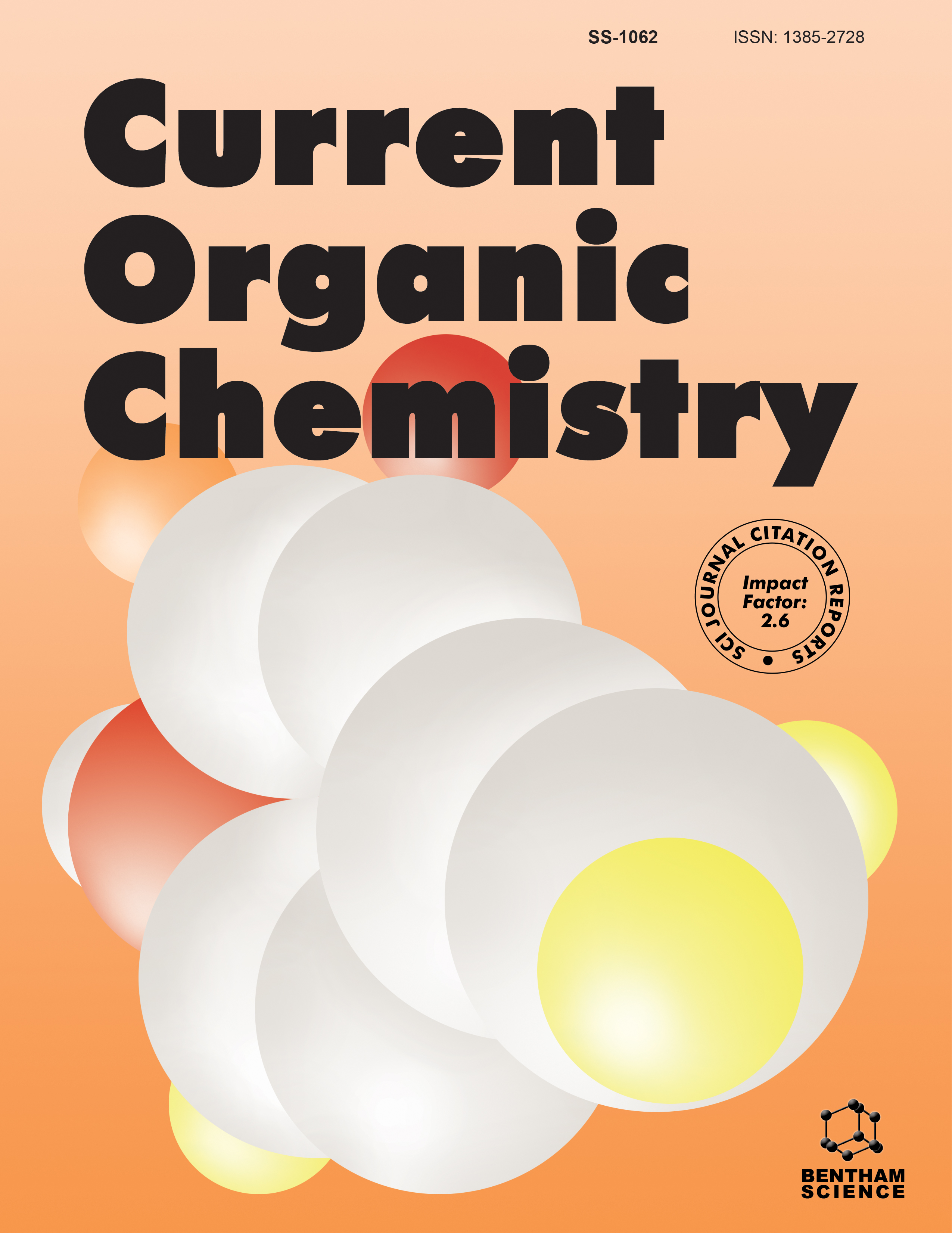
Full text loading...
We use cookies to track usage and preferences.I Understand

Heterocyclic scaffolds, particularly indole and thiazole compounds, are revolutionizing the treatment of lung diseases due to their structural diversity and broad therapeutic potential. Their ability to target multiple biological pathways positions them as powerful tools for developing innovative treatments for lung disorders, particularly lung cancer. This review systematically explores recent advances in the synthesis and biological evaluation of indole and thiazole derivatives, emphasizing detailed synthetic strategies and the identification of the most potent molecules reported in the studies referenced within this manuscript for their relevance to lung diseases, particularly lung cancer. The SAR studies elucidate the role of molecular features and key functional groups in enhancing the potency, selectivity, and therapeutic efficacy of synthetic indole and thiazole derivatives. Given that lung cancer remains the leading cause of cancer-related deaths worldwide, the findings highlight the urgent need for developing innovative and effective anti-lung cancer agents, with indole and thiazole scaffolds serving as promising therapeutic frameworks.

Article metrics loading...

Full text loading...
References


Data & Media loading...